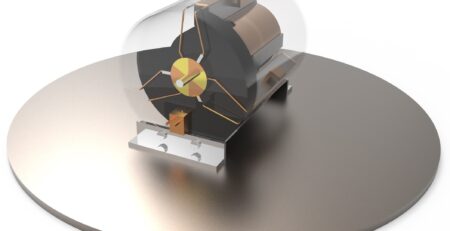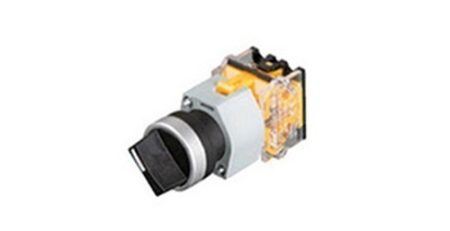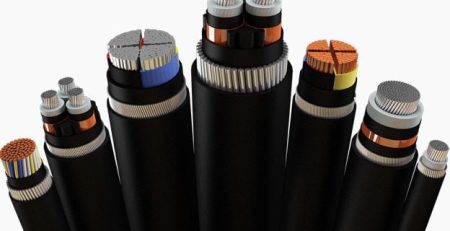How Power Savers Work – Basic Buying Tips
Can you really save 40% on your electricity bills by plugging a small box into your AC socket?
In the past six month a number of products have been advertised on TV and online which seem too good to be true. I’d like to explain the reality of these exciting claims and give you a layman’s understanding of how Power Savers work.
A Power Saver is a device which you plug in to your power socket. Apparently just by keeping the device connected it will immediately reduce your power consumption. Typical claims are savings between 25% and 40%.
The technology behind Power Saver units comes from German research coupled with Asian manufacturing and it is based on sound scientific principles.
Electricity is not stable. When electricity flows the voltage can rise and fall all the time. The rises in voltage are known as ‘spikes’ and they cannot be used by your appliances at all. All these spikes do is waste your electricity. These power spikes also convert electrical energy into heat energy which leaks power from your circuit. Not only that but the heat will also do long-term danage to your wiring and to your appliances.
There are a few Power Saver models on the market but they all work along the same principle. They store the electricity inside of it using a system of capacitors and they release it in a smoother way to normal without the spikes. The systems also automatically remove carbon from the circuit which also encourages a smoother electrical flow. This means that you will have less power spikes. More of the electricity flowing around your circuit can be used to power your appliances than before.
There are many factors which do affect the efficiency of your Power Saver. The device works immediately after plugging it in although it can take as long as 8 days before it has adjusted itself for peak performance. The rate of savings will depend on what kind of appliances you have connected. All appliances are different but expect savings of up to 25% on lights, 30% on air-conditioning units and up to 35% on other appliances.
The highest savings will be in areas where voltage supply is less stable. Locations close to shops, restaurants and light industries tend to gain additional savings from Power Saver devices.
So how can you be sure that your Power Saver is working correctly?
Most often Power Savers come fitted with a light to indicate that it is working. If you have access to an electricity meter then you should see it immediately slowing down. Assuming that the light is on and that you leave the device unattended you can expect savings immediately. Be aware that often electricity companies will not take meter readings each month. Often bills are calculated on monthly averages which self-correct over time so please be aware of that in using your bill as a guide.
Finally, it is highly recommended to order your Power Savers from companies offering 100% guarantees for longer than 30 days. Remember that 30 days may not be sufficient time to truly know if the device is working as effectively as you expect. Try to work with companies that extend their guarantee dates to at least 60 day which gives you a much longer period to assess the benefits.
BY by GAHZLY
#Power #Savers #Work #Basic #Buying #Tips










Leave a Reply
You must be logged in to post a comment.